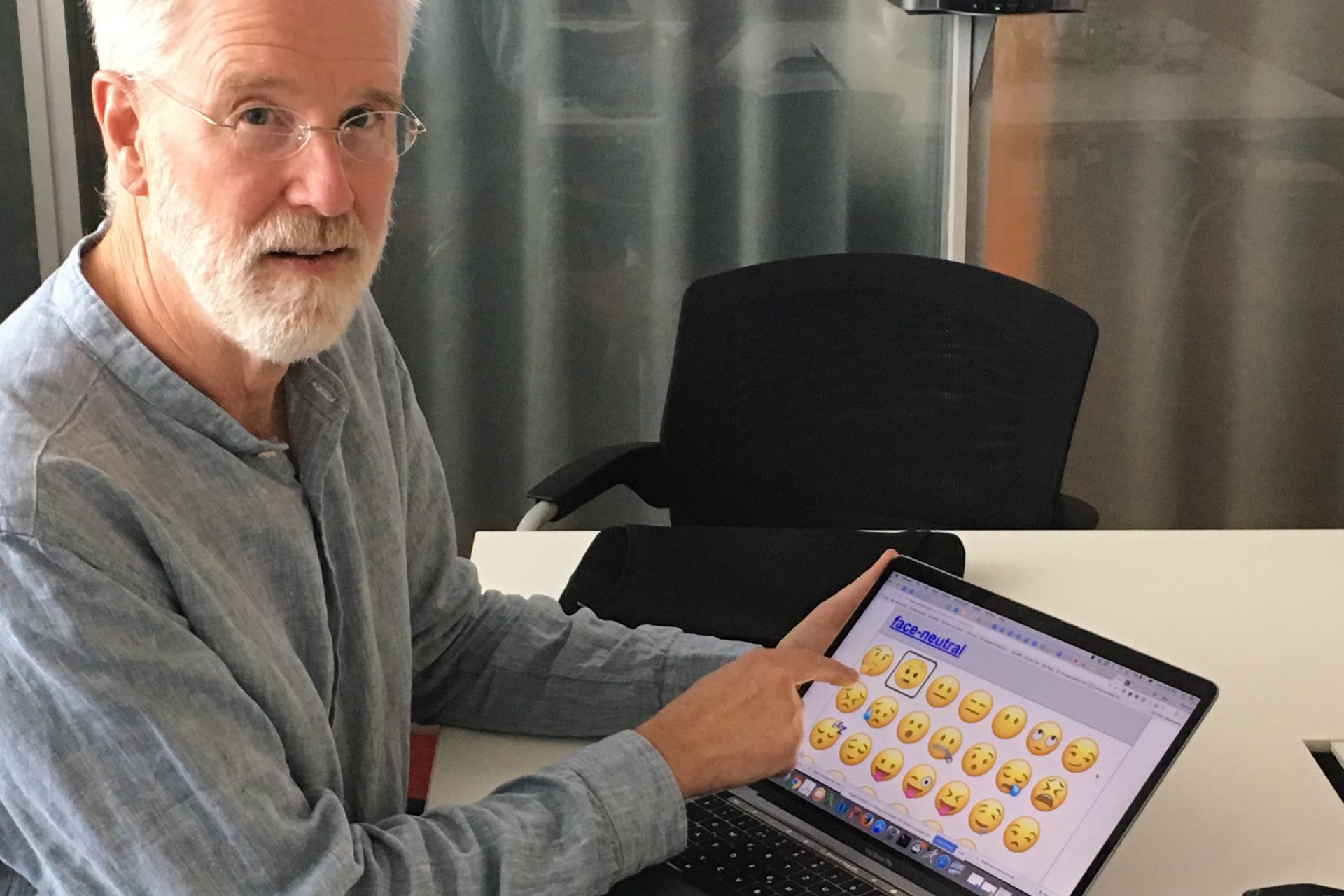Emoji's are modern day hieroglyphs that may be changing language
A fascinating study published in the journal Social Nature in April 2023 discovered that human beings are better at recognizing the emotions of emojis than they are at recognizing emotions on real faces. Here's what it could mean for the future of human language.
The blending of technologies has always had an outsized impact on how the human race communicates. the written word changed our world just as much as the broadcasted and televised word, but the introduction of a type of modern-day hieroglyph might be altogether different.
The authors of the emoji study made several surprising discoveries about just how good people are at recognizing the emotions portrayed by emojis but we must define these modern-day hieroglyphs so that you can better understand how the study was conducted and why its results matter.
Emojis are just pictographs meant to represent an idea or concept while conversing in the digital world. The idea of a pictorial representation of emotions began at some point in the 1990s according to Wired in the chatrooms conversations of the early internet.
People would use a combination of symbols like colons, dashes, and brackets to add a little emotion to their conversations in order to get across their happiness, frustration, or sarcasm. The first proper emojis you would recognize weren’t created until 1999.
Japanese artist Shigetaka Kurit created the first digital representation of emotions for a mobile phone company in Japan, creating 176 12-pixel by 12-pixel images that quickly grew in popularity as they allowed people to add emotional context to their messages.
Wired noted that a message like “I understand” might sound cold to the recipient while a heart emoji might convey the message they wanted to send while also offering a “sense of warmth and sympathy.” Wired wrote: “It was the beginning of a new visual language.”
That visual language has blossomed into a worldwide phenomenon and one that’s now trumped our ability to recognize emotions on real human faces according to an April 2023 study from a group of researchers in Italy who revealed that emojis have had a big impact on human language.
The aim of the study was to look at which parts of the brain were used by participants when identifying an emoji as well as how long it took for them to recognize the symbol while they engaged in a “categorization task involving an emotional word paradigm," the study's authors noted.
Fifty-one participants took part in the study and they were shown a series of forty-eight emojis that ranged from happy and sad to surprised, angry, fearful, and disgusted while just as many facial expressions and categories were shown to participants as stimuli.
Results revealed participants were able to identify emoji expressions faster than they were able to recognize the expressions on real faces and that they were more accurate at identifying emoji expressions (92.7%) than they were facial expressions (87.35%).
Happy, disgusted, and sad emojis were more easily recognized than facial expressions of the same emotion while fear was tough for participants to identify in both emojis and their real counterparts. But there were other interesting findings that should be noted.
PsyPost pointed out that participants were better at accurately recognizing happy faces and slower when recognizing angry faces whereas surprise and anger were recognized more quickly than all other emotions, a pattern that held true for real faces and emojis.
Participants also tended to respond quicker with their right hands than their left and it was noted that most of the people in the study reacted 73 milliseconds faster when viewing an emoji over a human face, which is quite an interesting revelation.
It should be pointed out that the study’s participants were between the ages of 18 to 35 and it would be interesting to see if an older cohort who did not grow up using emojis would still have the same reaction time and results. But did this research have any big flaws?
PsyPost wrote the “study sheds light on an important aspect of perceptions and emotion” but added that the sample size was small and the real facial expressions that were shown to people were not actual images of individuals experiencing the emotion.
Images of real faces were just acted out and that may be why we’ve seen the study’s participants identifying emojis faster than they could real faces according to PsyPost, which added: “information about the emotional state of the person one is communicating with is not derived from a static picture in real life.”
Still, the results are interesting and could be a sign of how our language will change as humans and our technological tools integrate even further into a relationship where exchanges over devices become just as important to us as face-to-face interactions.
More for you
Top Stories































